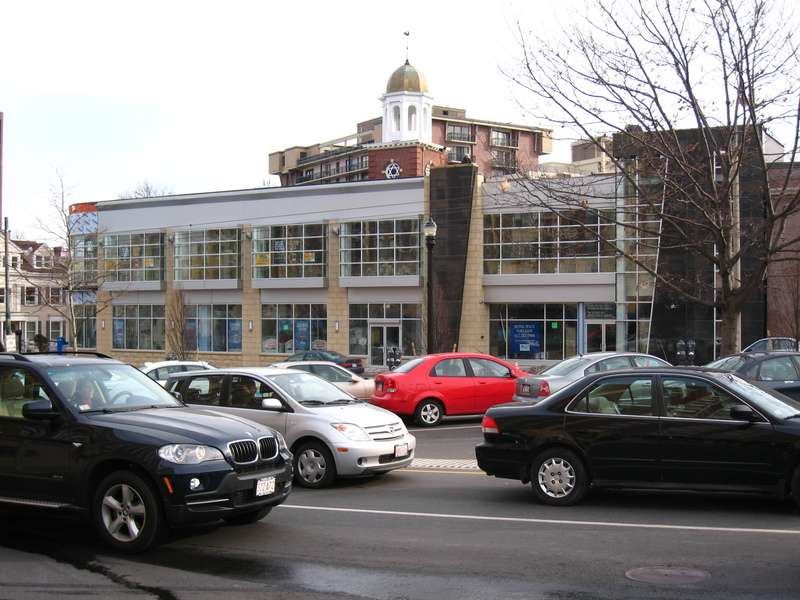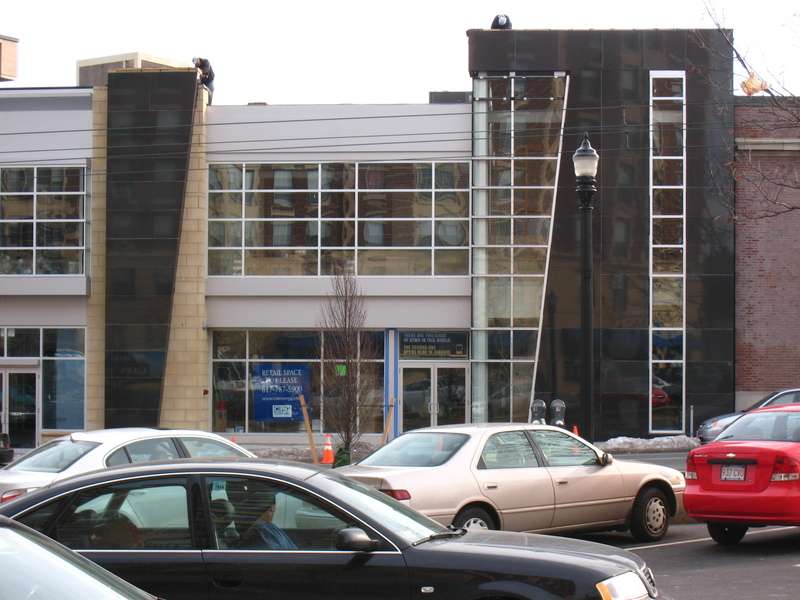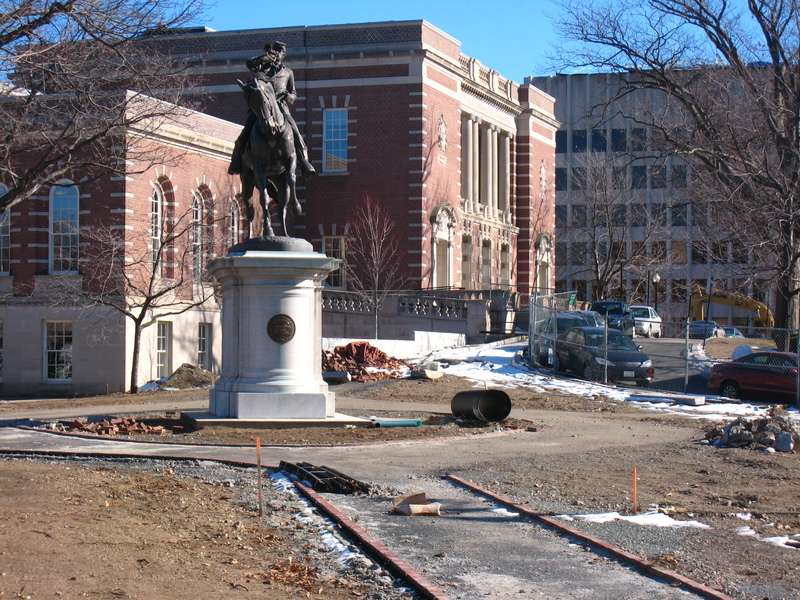On Route 9, a last piece of the puzzle

With plans afoot, Red Cab parcel getting once-over
By Andreae Downs
Globe Correspondent / November 11, 2007
The redevelopment of a long-dormant site on the east end of Boylston Street could soon move forward. But first, there's an issue left over from the days of the horse and buggy.
The proposal for 111 Boylston St., also known as the former Red Cab site, offers the hope of street beautification, not to mention $350,000 in additional tax revenue that would be generated by the office/retail building. But abutters worry that this complex, though less than half the size of the proposal for nearby 2-4 Brookline Place, could cover all of White Place in shadows.
"This is a keystone in [Brookline's] Comprehensive Plan," said Ken Goldstein, chairman of the Planning Board. "It's key in the future development and improvement of lower Boylston Street."
Early this month, Leggat McCall Properties, the site's developer, showed the Planning Board a plan for a 70,000-square-foot retail/office building with underground parking for 265 cars.
Before these plans move ahead, however, Town Meeting this week will have to decide on a 500-square-foot area that is owned by the town but is surrounded by developer-owned property.
Until the mid-19th century, the area connected to Boylston via Kerrigan Place, said Joe Geller, the landscape architect and engineer for the developer. "It was given to the town to allow people to turn their horse and buggy around at the end of the street," he said.
The developer had proposed a land swap, giving the town buffer land along Davis Path, which abuts the Boylston Street Playground, but the Advisory Board and Board of Selectmen have recommended selling the property outright for roughly $85,000. Town officials reason that if the buffer zone remains in private hands, the owner can easily be required to maintain landscaping.
Currently, plans call for a three- or four-story building, but Eric Sheffels, president of Leggat McCall, said the company hopes to work with abutters and the town to mitigate shadows on White Place, which is directly across the Riverside T tracks, and downhill from the site. They were even open to cantilevering the building over Boylston Street.
"Over the course of the winter, our entire street could be cast in shadow," said Kathryn Kirshner of White Place. "This could be a huge problem with snow removal and affect our heating bills."
Sheffels stressed that his company is willing to accommodate abutters.
"We're very flexible," he said. "We haven't dismissed anything. We could have the building at the street, we could break it up."
Other neighbors argued for the building to retain the street offsets displayed in the current plan - which would allow for trees and wider sidewalks along the otherwise rather bleak roadway.
"I hope you won't forget the trees and plantings," said Ed Campion, a resident of nearby Walnut Street. "It will have a great impact on how this development feels, and be a statement about Route 9."
The town's commercial areas coordinator, Marge Amster, agreed.
"We'd love to see Boylston upgraded to look more like the rest of Brookline," she said, adding that the building "has been vacant and an eyesore for years."
All seemed pleased with the proposal to put parking underground - or, more accurately, below grade - although this would be accomplished with a hydraulic "stacker" system that would lift one set of cars enough to park another underneath. As a result, all parking will be valet, said Karl Neubauer, project manager for Leggat McCall.
Another issue that will need to be worked out before Town Meeting will be some way to keep this property on the tax rolls in case a nonprofit, such as a hospital, buys the building, Amster noted.
The project has been assigned to a five- or six-member design advisory team, including two Planning Board members, who will work with the developer on details.
Once a plan has been agreed upon, the developer will need to make a formal application to the Building Department.
Since the plan will require a special permit, they developer would then have to appear before the Planning Board for another hearing, and then go before the Board of Appeals.
Should everything go well, demolition could start in a little over a year.
? Copyright 2007 Globe Newspaper Company.
http://www.boston.com/news/local/articles/2007/11/11/on_route_9_a_last_piece_of_the_puzzle/








